Monstera deliciosa/ Swiss cheese plant (Two large plants)
Original price was: ₹1400.₹699Current price is: ₹699.
Out of stock
Email when stock available
Description
Quantity: Single plant; and overall height of plant including leaves is around 50 cms.
MONSTERA DELICIOSA
Monstera deliciosa, the Swiss cheese plant or split-leaf philodendron is a species of flowering plant which is native to tropical forests of southern Mexico.It is very widely grown in temperate zones as a houseplant. The common name “Swiss cheese plant” is also used for the related species from the same genus, Monstera adansonii.
The specific name deliciosa means “delicious”, referring to the edible fruit. and refers to the unusual leaves. Its popular name as a houseplant of “Swiss cheese plant”, or just “cheese plant”, is to refer to the “eyes” or holes which is seen in its leaves similar to the holes in some Swiss-type cheeses. Other common names include delicious monster, fruit salad plant, fruit salad tree, ceriman, monster fruit, monsterio delicio, monstereo, Mexican breadfruit, windowleaf, balazo and Penglai banana.
This member of the arum family (Araceae) is a hemiepiphyte. It is able to grow up to 20 m (66 ft) high in the wild, with large, leathery, glossy, heart-shaped leaves 25–90 cm (10–35.5 in) long by 25–75 cm (10–29.5 in) broad. They produce lobed and fenestrate leaves as they grow. it can grow very tall in nature, and it measures between 2 and 3 m (6.6 and 9.8 ft) when grown indoors.
Wild seedlings grow towards the darkest area they can grow until they find a tree trunk, then start to grow up towards the light, creeping up the tree. Flowers are self pollinating, containing both androecium and gynoecium. Since they contain both structures, this plant is able to self-pollinate.
This plant lives in the humid tropical forests, in the lowlands and middle mountains, in the extreme south of Mexico and also in Belize, Honduras, El Salvador, Costa Rica, Guatemala and Panama. The seeds fall to the ground, then the seedlings crawl (negative phototropism) until they meet a tree on which to attach. The many adjacent roots thus allow the plant to anchor against its new support and reach the canopy light (although it rarely grows in full sun and prefers a light dimmed by the foliage). Wild plants can also be found in other parts of North America (Florida), Asia (Malaysia, India), Australia and the Western Mediterranean and Atlantic (Sicily, Portugal, Morocco, Madeira).
Monstera deliciosa is commonly grown outdoors as an ornamental plant. The plant requires a lot of space and a rich and loose soil (ideally garden soil and compost in equal parts). If it grows in the ground it is better to plant it near a tree. It is a “moderately greedy plant,” in that it needs to be watered just to keep the soil slightly moist. A steady minimum temperature of at least 13–15 °C (55–59 °F) is preferable, allowing continuous growth. Growth ceases below 10 °C (50 °F) and it is killed by frost. It needs very bright exposure
In its tropical and subtropical habitat, the plant flowers easily. In ideal conditions it flowers about three years after planting. The plant can be propagated by taking cuttings of a mature plant. the root is used to make a remedy for snakebites. In Mexico, it is used in the relief of arthritis symptoms. Its architectural qualities, ease of cultivation, and tolerance of a wide range of conditions make it an ideal plant for indoor cultivation as well. For this reason, it is a popular plant for the home or office.
What makes it special
● Trendy
One of the main reasons for the Monstera’s immense popularity is the shape of its leaves.
● Exotic look
Speaking about exotic, the Monstera’s exotic look is also a contributing factor for indoor plant.
● Large size Is Great for Interior Decoration
The Monstera perfectly fits into the current trend of minimalistic interior design, which might explain its popularity as an indoor plant.
Plant specifications
Common name Swiss cheese plant, split leaf plant
Scientific name Monstera deliciosa
Maximum reachable height 20 m (66 feet)
Native habitat Tropical forest of southern Mexico
Type Evergreen perennial vine
Leaves Large and has holes
Stem Long thin stem
Planting and care
● Light
This evergreen prefers bright, indirect sunlight in temperatures that remain consistently between 65- and 75-degrees Fahrenheit. Too much direct light in warmer months may burn the foliage.
● Soil
When established in a container, it requires peat-based potting media. Outdoors, it is suitable for light sandy, medium loamy, and heavy clay soils with acid or neutral pH.
● Water
Give the plant regular waterings during the growing season every one to two weeks. Water until excess drains through drainage holes.
● Fertilizer
Choose a balanced liquid 20-20-20 fertilizer to feed the plant every few weeks during the growing season.
This beautiful indoor plant will grow quickly if you provide it with plenty of indirect sunlight and an adequate amount of water. Regular fertilizer and staking your Monstera to provide support your plant can also help. This combination creates the ideal environment for new growth.
Key requirements to keep plant healthy
Sunlight Bright indirect sunlight
Watering Every 1 to 2 weeks
Soil Peat based potting media
Temperature minimum temperature of at least 13–15 °C (55–59 °F)
Fertilizer Balanced liquid 20-20-20 fertilizer
Humidity 60 – 70%
Care level Easy
Propogation Seedling
Special features
● Beautiful indoor plant
● Attractive look
● Attracts the attention of anyone
Medicinal uses
● It can purify the air and is useful in humidifying air conditions.
● Its fruit is full of vitamin C, proteins, some vitamin B, calcium, phosphorous
● It can be a cure for different diseases and health problems such as arthritis and insect or snake bites.
Only logged in customers who have purchased this product may leave a review.


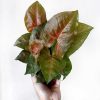
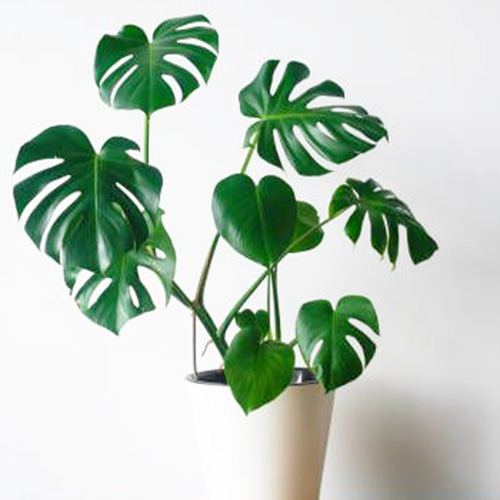
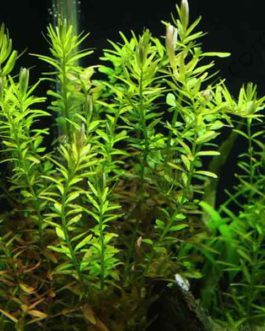
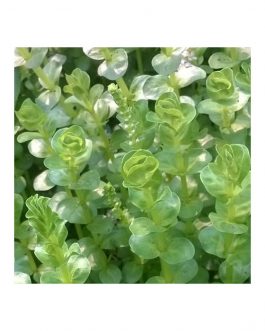
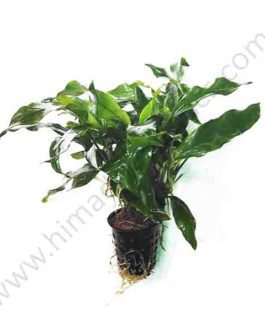
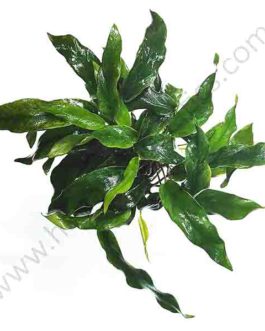
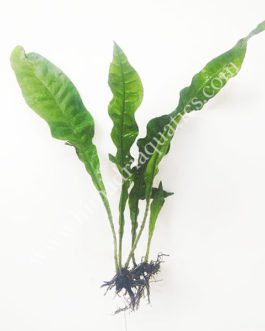
Reviews
There are no reviews yet.